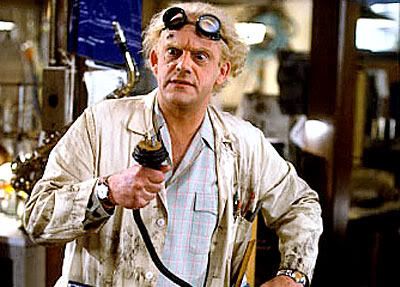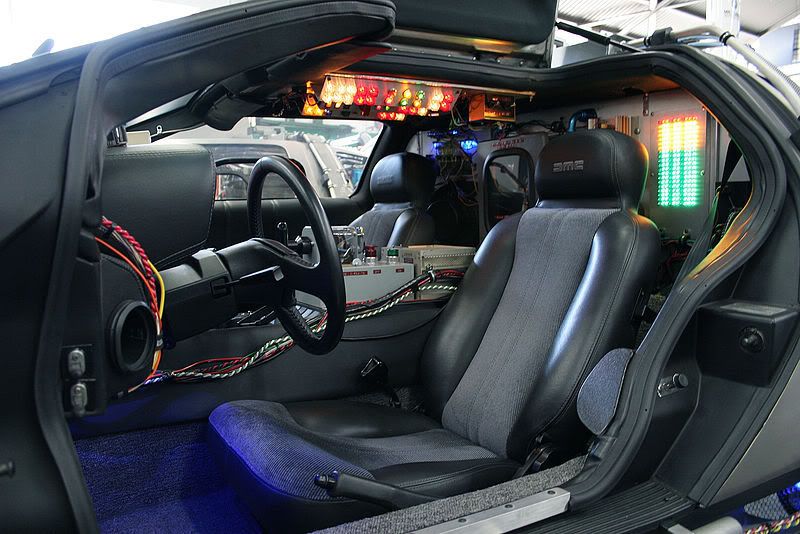So I mentioned I'm a music geek and an electronics nerd, or vice versa... so here's where it really overlaps. I love tube amps. I've got a few amplifier projects I'd like to do in the future, and I will definitely document them here.
For now, here's a peek at some of what I've got laying around...
Oh, hey, did I mention I enjoy photography?
This is this great Musicman 2x12 combo amp I've got here. Its rated at 120 watts, and those are 250 watt EV speakers in the cabinet. They're HUGE and weigh a TON. Its very loud, and has a great sound. It has a tremolo circuit that isn't working right, I suspect a tube is out, and I've just been too lazy to get around to fixing it. I live in an apartment and its not exactly convenient to fire up a beast like this. The neighbors don't exactly appreciate it.
I took these pictures on my Nikon D200...
This is my super, super, super sweet Marshall JCM 800 2203. A hundred watts of bone crushing, skin-shredding sonic force. Those are 6550 tubes in the power section, which are actually technically bass amp tubes. When I bought this amp on the cheap it didn't work. I soldered back together the tube heater circuit and modded the bias circuit on the power section to accomodate higher power bass amp style tubes. They don't distort as much as EL34s of 6L6es, and when I run my guitar rig in to the low gain input I can crank the preamp volume up all the way and it stays clean until the amp is so loud it feels like its going to cave in your skull. I usually run an Electro-Harmonix "Metal Muff" pedal for my distortion, but if I use the high-gain input on the preamp the amp itself will get pretty gritty... it will also get uncontrollably loud VERY fast, and once again is the kind of beast that doesn't get woken up very often in apartment life.
without any lighting or equipment. I like the colors it captures.
This is the hulk of an unfinished amplifier project. I really haven't had the money to buy the remaining parts. All of the internal components are complete, though the mainboard won't be installed in this chassis until the transformers are purchased and mounted. I've modeled this amp's architecture after my Marshall 2203, but once the final components are on the chassis I'll be putting it on the bench and testing some ideas I have and experiment with some things to see how I can get a unique and appealing sound from it.
Of course eventually I'd like to offer this as a series of custom amplifier. When I get around to setting up my custom amp circuit bench I'll do an article on it. Until there's money for them though, these projects are pretty much shelved.




